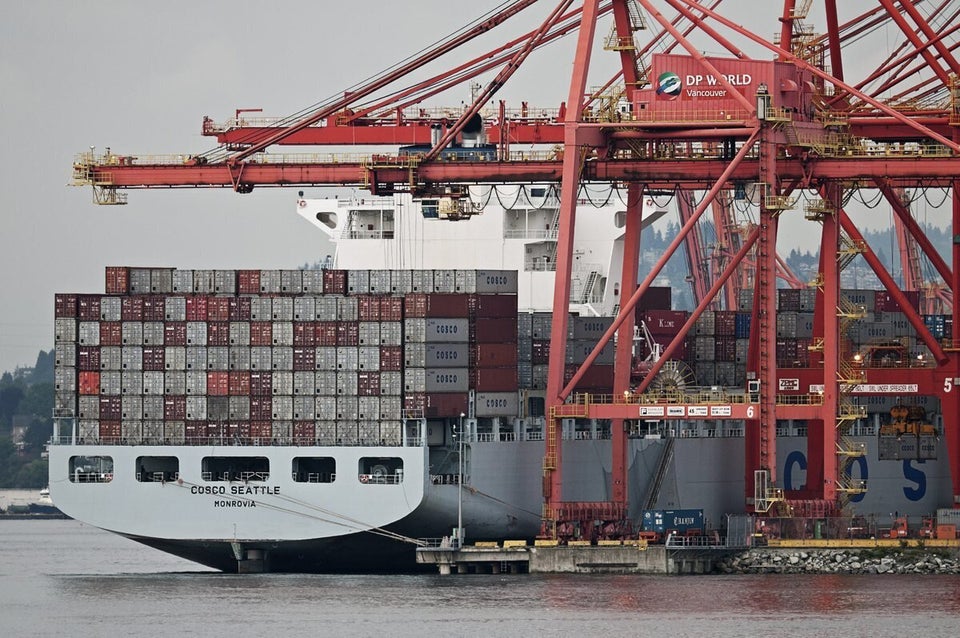It was a little alarming to hear the Bank of Canada declare Wednesday that it was “puzzled” by the lack of strength in Canadian exports. After all, if even the central bank can’t explain why exports haven’t boomed under a low loonie, what chance do the rest of us have to understand what’s going on with Canada’s economy?
But what appears to be happening is that Canada is losing its pole position on exports to the U.S.
As recently as the late 1990s, about one-fifth of the U.S.’s imports came from Canada. But since then that has fallen by a third, and Canada now accounts for only about 13 per cent of U.S. imports.
Some of the recent weakness has been due to lower energy prices, but Bank of Montreal economist Robert Kavcic says the real issue is that Canada has been losing to other countries in the race to sell to the U.S.
“Canada now accounts for its lowest share of goods imported to the U.S. on record dating back to 1975,” Kavcic wrote in a client note Thursday. He published a chart showing Canada’s share of U.S. imports dropping by half since a peak in the mid-1970s.

“The U.S. now imports roughly equal dollar amounts of goods from Mexico and Canada, versus 10 years ago when they brought in $1.70 from Canada for every $1 from Mexico,” Kavcic wrote.
He says this means Canada is “less leveraged to U.S. demand,” meaning the U.S.’s economic fortunes aren’t going to impact Canada as heavily as they used to.
The downside of this is that the recent growth in U.S. demand hasn’t translated into an export boom for Canada. The latest trade numbers show Canada on track for a record trade deficit in the second quarter of this year. Manufacturing sales are down 7.3 per cent from a peak in July, 2014.
Many economists say Bank of Canada Governor Stephen Poloz was worried about exactly this problem when he cut Canada’s key lending rate on Wednesday, to 0.5 per cent from 0.75 per cent.
The idea is to lower interest rates in Canada to below those in the U.S., making the U.S. dollar more attractive to investors than the loonie. That should push the loonie down, making Canadian exports more competitive.
In the short term, it’s working. The loonie plunged a full cent U.S. Wednesday on news of the interest rate cut.
But there is a problem with this strategy. Canada has lost a lot of its manufacturing base over the past half decade, thanks to a strong loonie and other factors, and -- as CIBC noted in a report earlier this year -- we just don’t have as much to sell anymore.
That means it could take years for a lower loonie to have a positive benefit, as it would take years for factories to come back to Canada.
In light of all this, the Bank of Canada’s assertion a few months back that the oil price shock to Canada’s economy will be “front-loaded” already seems unlikely. It will clearly take longer than expected to rotate from energy exports to manufacturing exports.
And it may take more than a quarter percentage point cut to interest rates to make that happen.
Also on HuffPost:
